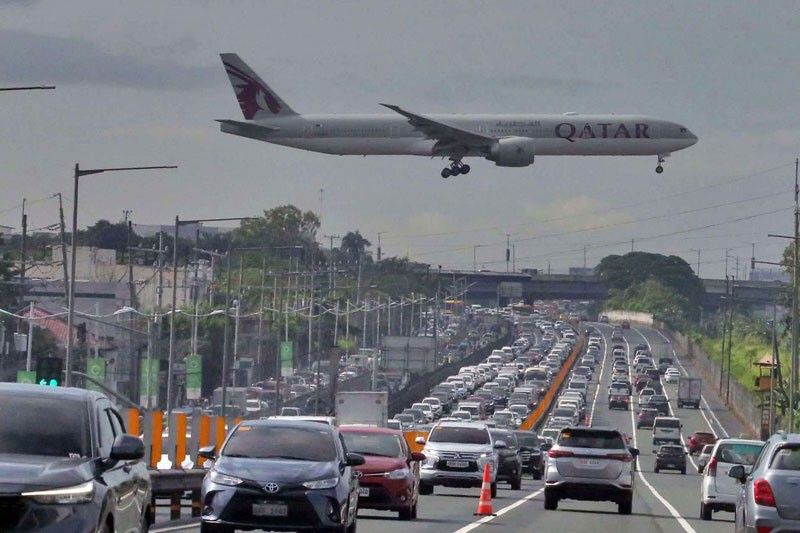Philippines air traffic soars in H1

MANILA, Philippines — The domestic and international travel market in the Philippines sustained their recovery trend in the first semester, unbothered by flight interruptions caused by the shortage in aircraft parts.
The Civil Aeronautics Board (CAB) said domestic passenger traffic grew by more than half to 14.56 million from January to June from 9.69 million a year ago.When compared, this translates to 65 percent of the total volume in 2022, signaling the return of domestic travel after pandemic restrictions were lifted nationwide.
Low-cost carrier Cebu Pacific and its regional unit Cebgo flew over half of the passenger total in the first semester at 7.65 million. Cebu Pacific operates the widest network of 35 domestic routes among all Philippine operators.
On the other hand, flag carrier Philippine Airlines (PAL) and its budget arm PAL Express served 28 percent or 4.09 million of the domestic travelers during the period. AirAsia Philippines came next with 2.54 million.
Several local passengers also chose to fly with boutique carriers, namely, AirSwift Transport Inc. (202,154); Royal Air Charter Services Inc. (58,448); Sunlight Air (23,820); and Island Aviation Corp. (4,887).
CAB also reported that the international passenger traffic almost tripled to 8.93 million between January and June from 3.49 million during the same period in 2022.
Global carriers made up 54 percent of the foreign footprint at 4.8 million, while domestic airlines accounted for the remainder at 4.13 million.
PAL remains the local operator to beat for international flights, flying 2.7 million of the total. Its closest competitor Cebu Pacific served 906,090, while AirAsia Philippines flew 477,616.
In the first semester, particularly in the second quarter, airlines struggled to complete a number of their flights due to supply chain disruptions. PAL and Cebu Pacific, for instance, grounded some of their aircraft pending the delivery of jet engines produced by Pratt & Whitney.
As a result, they were forced to cancel flights that were scheduled to be serviced by these parked units, angering thousands of passengers in the process.
In spite of this, airlines remain confident that their industry will overcome this hurdle, especially as additional aircraft are expected to come in in the latter half of the year.
- Latest
- Trending



























